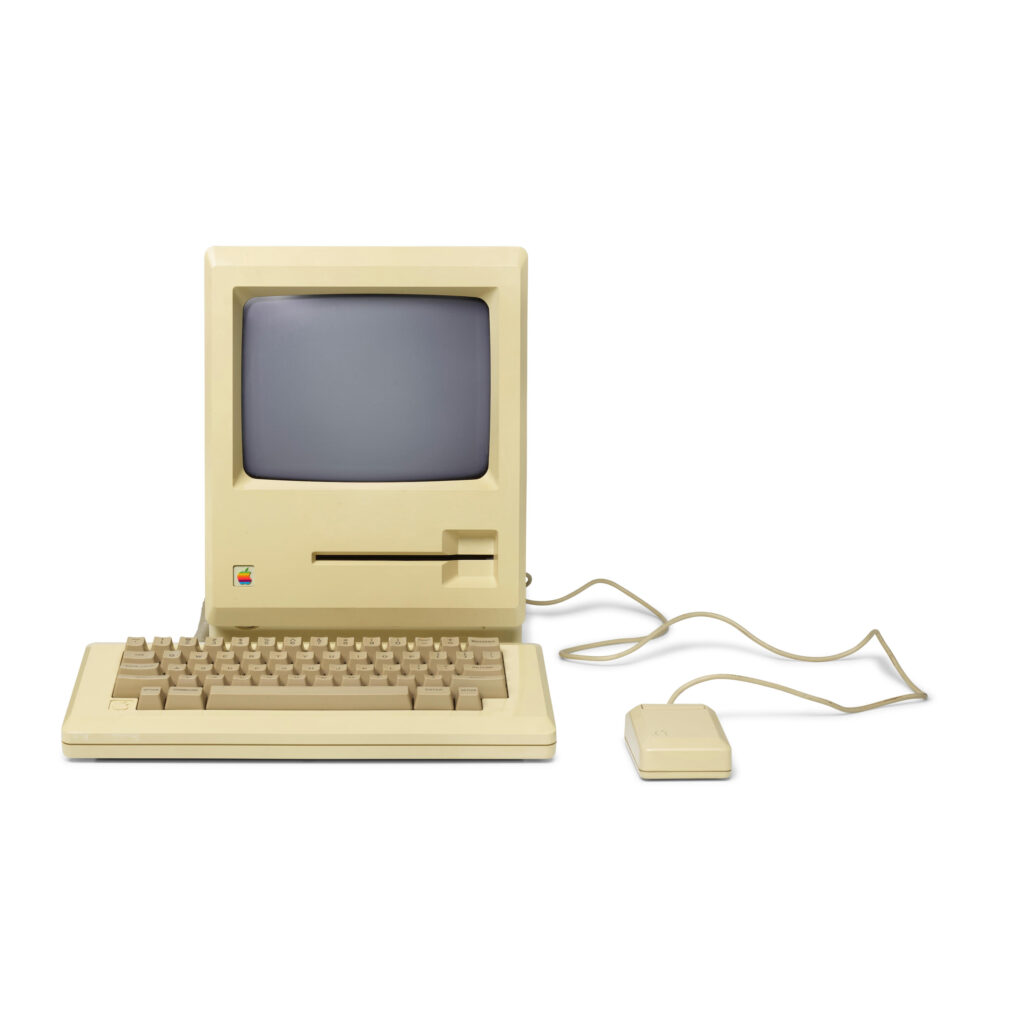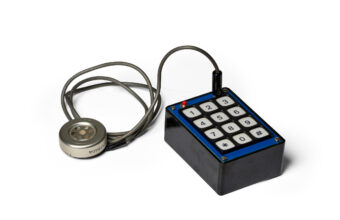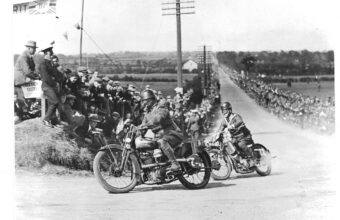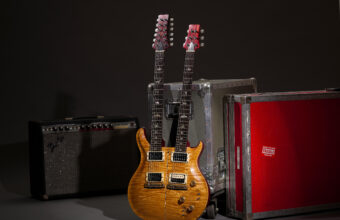A sample of Alexander Fleming’s penicillin, the world’s first antibiotic, is the standout lot in a History of Science and Technology auction this month.
The penicillin mould was encased in a home-made medallion by Fleming, the bacteria’s discoverer.
Fleming had grown staph bacteria in a petri dish that he left by his window at St Mary’s Hospital in Paddington, London. A wind-blown bacteria set up home in the dish and stopped the staph from growing.

Alexander Fleming in his lab in 1943, just as his discovery really came into its own.
This was the moment, in 1928, in which all antibiotic medicine is rooted, though it took more than 10 years from Fleming’s observation to the production of penicillin drugs that were to be vital in the success of the Allies in World War II.
Fleming was jointly awarded the 1945 Nobel Prize in Physiology or Medicine (with Howard Florey and Florey’s assistant Ernst Chain) for the discovery and its use.
He used the original mould, grown on blotting paper, and spectacle lenses from his brother’s ophthalmology practice, to make a small number of mould medallions.
He gave one to Pope Pius XII, the Queen Mother, Churchill and Roosevelt.
This example, signed by Fleming, and with a short inscription “the mould that first made penicillin” is to sell with an estimate of $30,000 – US$50,000 (£23,000 – £38,000).
The last example of a medallion to sell was auctioned in London in 2017, also by Bonhams, and realised £24,375.

This 1983 machine is recognisably a modern personal computer, and that makes it a vital step in the tech revolution. Image courtesy of Bonhams.
A more modern scientific revolution is celebrated in the Apple Macintosh prototype, known as a “Twiggy” for its disk drive.
The 1983 machine is the basis of the computer that would make Apple the most successful name in tech today.
It can be identified as a prototype by the positioning and type of its logos, which were changed for production models. The “Twiggy” disk drive in this machine was also ditched before mass production.
The machine was used to develop demo software. Producing an end-to-end product with tailor-made software was a vital part of the Macintosh project that Steve Jobs completed. Legend has it that Jobs, famously a perfectionist, had all prototypes of Twiggy machines destroyed.
The Apple carries a $80,000 – $120,000 (£61,000 – £92,000) estimate into the sale.
Apple devices can be incredibly valuable, though the most costly are those personally related to Jobs, who is also a collectible personality in his own right.
An Apple 1 (one of an initial production of around 200) made nearly $1 million as long ago as 2014. An Apple Lisa, the machine from which this prototype was descended, achieved $882,000 earlier this year.
It seems likely that the estimate on this Apple is conservative.












